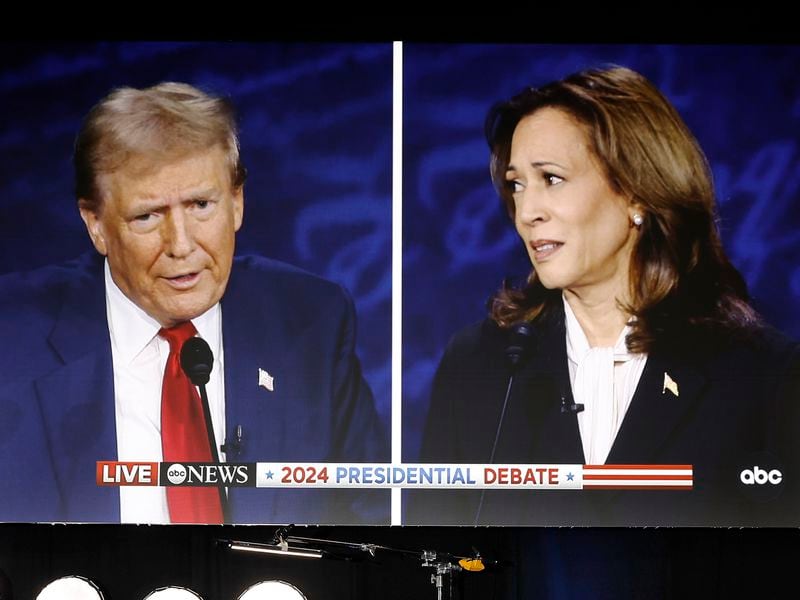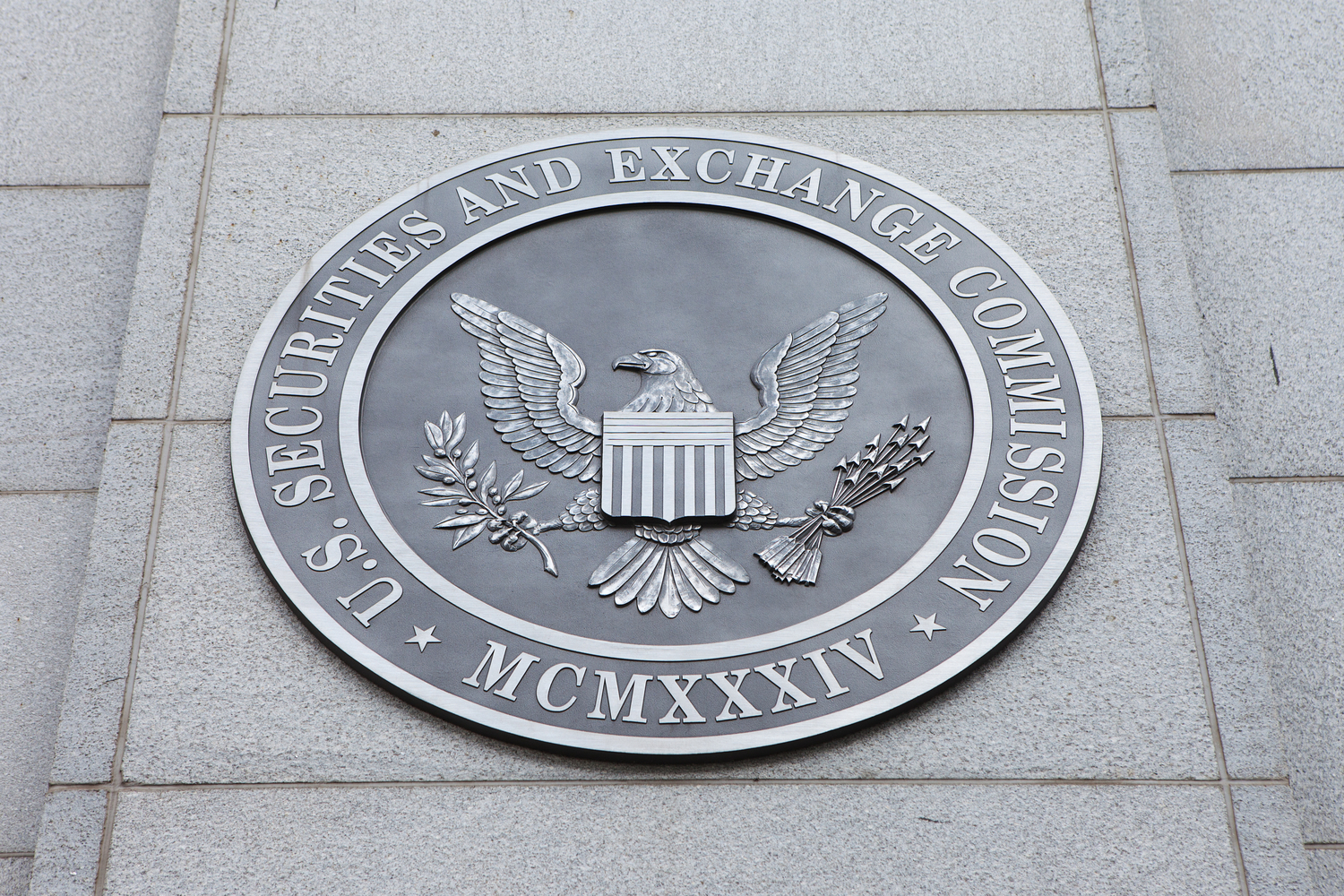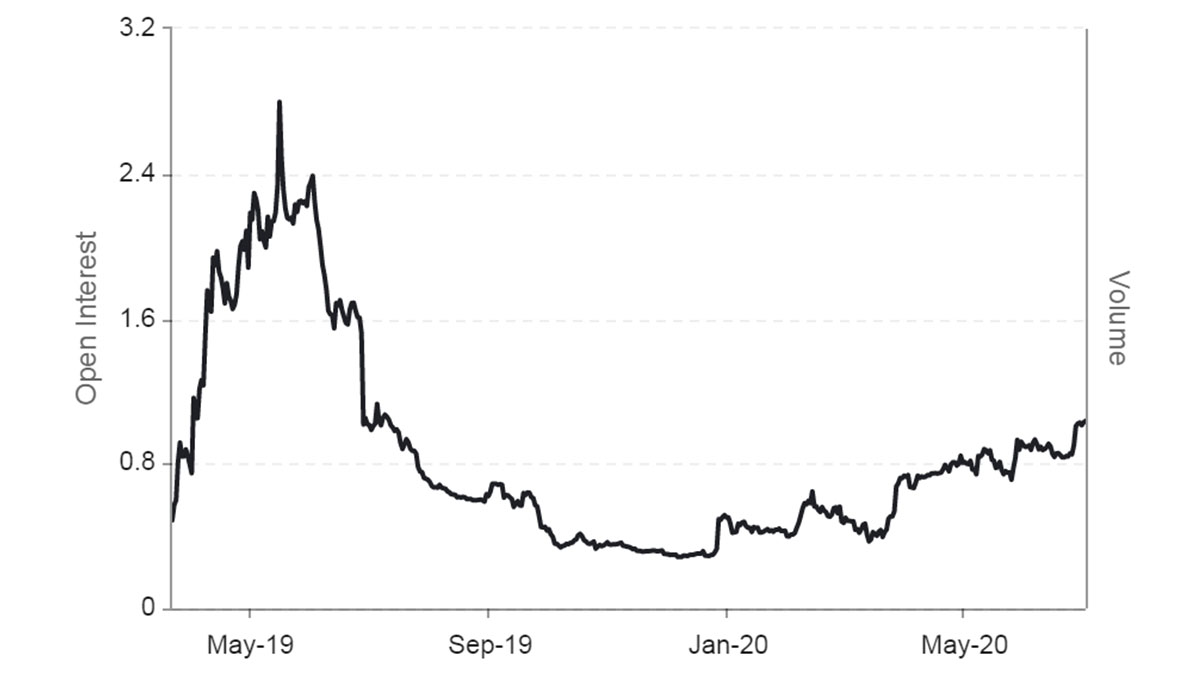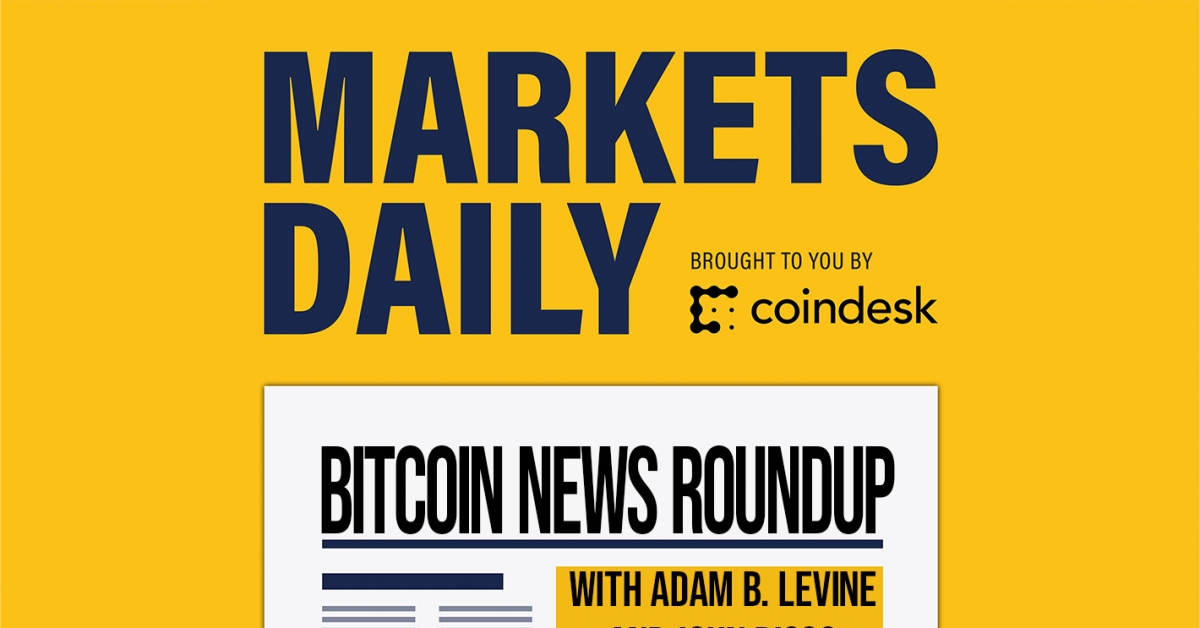First Mover: As Central Banks Print $1.4B an Hour, Bitcoiners Bet on Federal Reserve ‘Capture’
It might just take a big stock-market sell-off for the Federal Reserve to accelerate the pace of money printing. (Unsplash, modified by CoinDesk)
First Mover: As Central Banks Print $1.4B an Hour, Bitcoiners Bet on Federal Reserve ‘Capture’
$1.4 billion every hour.
According to Bank of America, that’s the pace at which central banks around the world have been buying assets since the coronavirus-related lockdowns started in March. Coincidentally or not, the market value of the Nasdaq 100 gauge of tech stocks has climbed at roughly the same pace since then.
It’s the kind of comparison one might expect from a bitcoin true believer, steeped in the view that central-bank money printing is debasing the U.S. dollar — sure to bring rampant inflation. But it’s almost jarring when the observations instead come from researchers at a Wall Street bank at the center of the traditional financial system and dollar-based economy.
“For much of the past 10 years, Wall Street has proved too big to fail, and monetary policy markets have implicitly supported asset prices to boost economic growth,” Bank of America Chief Investment Strategist Michael Hartnett wrote earlier this month in a report. “In 2020 the policy is more explicitly engineering an overshoot in asset prices.”
That’s the backdrop for the Federal Reserve’s two-day, closed-door meeting this week, where top U.S. officials will evaluate what is perhaps the loosest monetary-policy stance in the central bank’s 107-year history. Interest rates have already been cut close to zero, and the Federal Reserve is buying $80 billion of U.S. Treasuries a month to keep markets afloat, with trillions of dollars more available through emergency-lending programs.
The Fed isn’t expected to announce any major changes other than perhaps formalizing a plan that Chair Jerome Powell laid out last month, under which inflation would be allowed to rise above the 2% annual target without triggering immediate rate hikes. The central bank’s balance sheet already has expanded this year by about $3 trillion to $7.1 trillion as of last week.

One possibility is that the Fed will hold off announcements of new stimulus until markets take a fresh nosedive. Despite the U.S. unemployment rate more than doubling this year to 8.4%, the Standard & Poor’s 500 Index of large U.S. stocks is still up 3.4% on the year, and speculation is growing that the Fed might be unwilling to let stocks fall.
“The market has just become too reliant on the Fed being there,” Brian Coulton, chief economist for the sovereign group at the bond-rating firm Fitch, said last week in a phone interview.
Consumer sentiment has dipped in the past few months, but it’s nowhere near as low as it was after the 2008 financial crisis. Most economists say the current crisis is much worse.
Imagine how consumers might rein in spending if the stock market tumbled 23%, as it did in the final quarter of 2008. In economics, there’s a psychological concept known as the “wealth effect,” where consumers spend more if the value of their assets rise, even if their income doesn’t change. The reverse is also true.
Steve Blitz, chief U.S. economist at the forecasting firm T.S. Lombard, says it’s a “term of art” trying to gauge how far stocks might have to fall before the Fed would step in.
“They’re not going to step in front of this normal volatility,” Blitz said. “They’ll get involved when they think it’s a move in the equity market that threatens the outlook.”
Bitcoin traders might try to frame the question in billions of dollars per hour.

Bitcoin Watch

Bitcoin is still down 75% from the record high of $20,000 reached in December 2017, and the market is pricing just a 5% probability of prices setting new lifetime highs by the year-end.
Even so, some traders are buying call options at $36,000 and $32,000 strike prices expiring in December.
“We saw some out of the ordinary activity in the $36,000 December call” on Sunday, Luuk Strijers, CCO of Deribit, told CoinDesk in a Telegram chat. “Few buyers with most likely bullish expectations executed these trades.”
Open interest or open positions in the $36,000 December call rose by 752 contracts, and the number of open positions in the $32,000 call rose by 462 contracts, according to data source Skew.
Bitcoin is currently trading near $10,400. The cryptocurrency has been locked mostly to a narrow trading range of $10,000 to $10,500 since Sept. 4.
– Omkar Godbole
Token Watch
Chainlink (LINK), Tether (USDT), USD Coin (USDC): DeFi protocol bZx fell victim to attack after bug in code allowed someone to steal $8 million of tokens , though project’s leaders say insurance fund covered the losses.
Crypto.com (CRO): Cryptocurrency-focused credit-card lender noses into DeFiwith launch of liquid swap product.
Dai (DAI): Founder of DeFi protocol MakerDAO open to reducing collateralization ratio on USDC-backed dai loans to 101% from 110%.
What’s Hot
Analogs
The latest on the economy and traditional finance
Tweet of the Day









